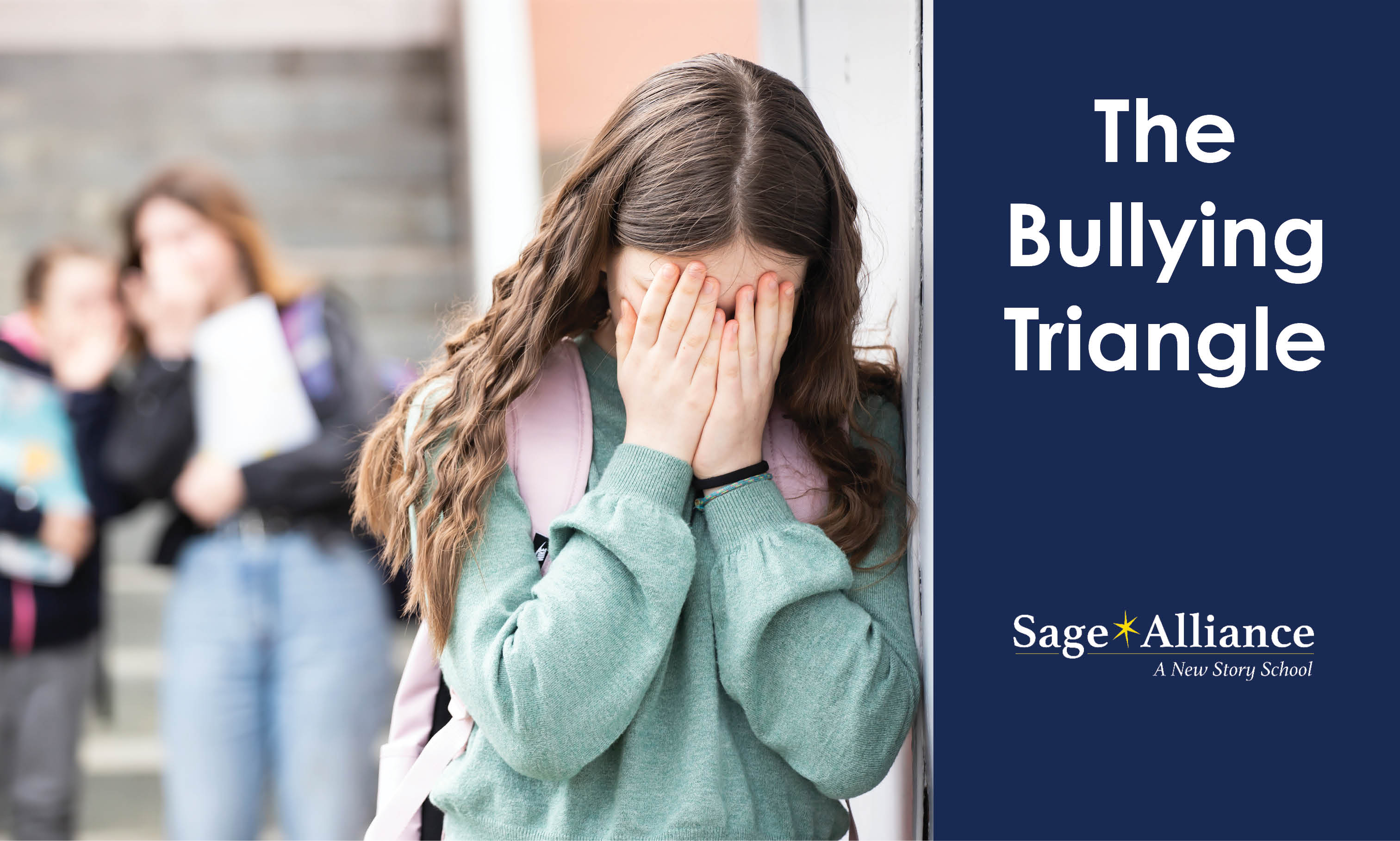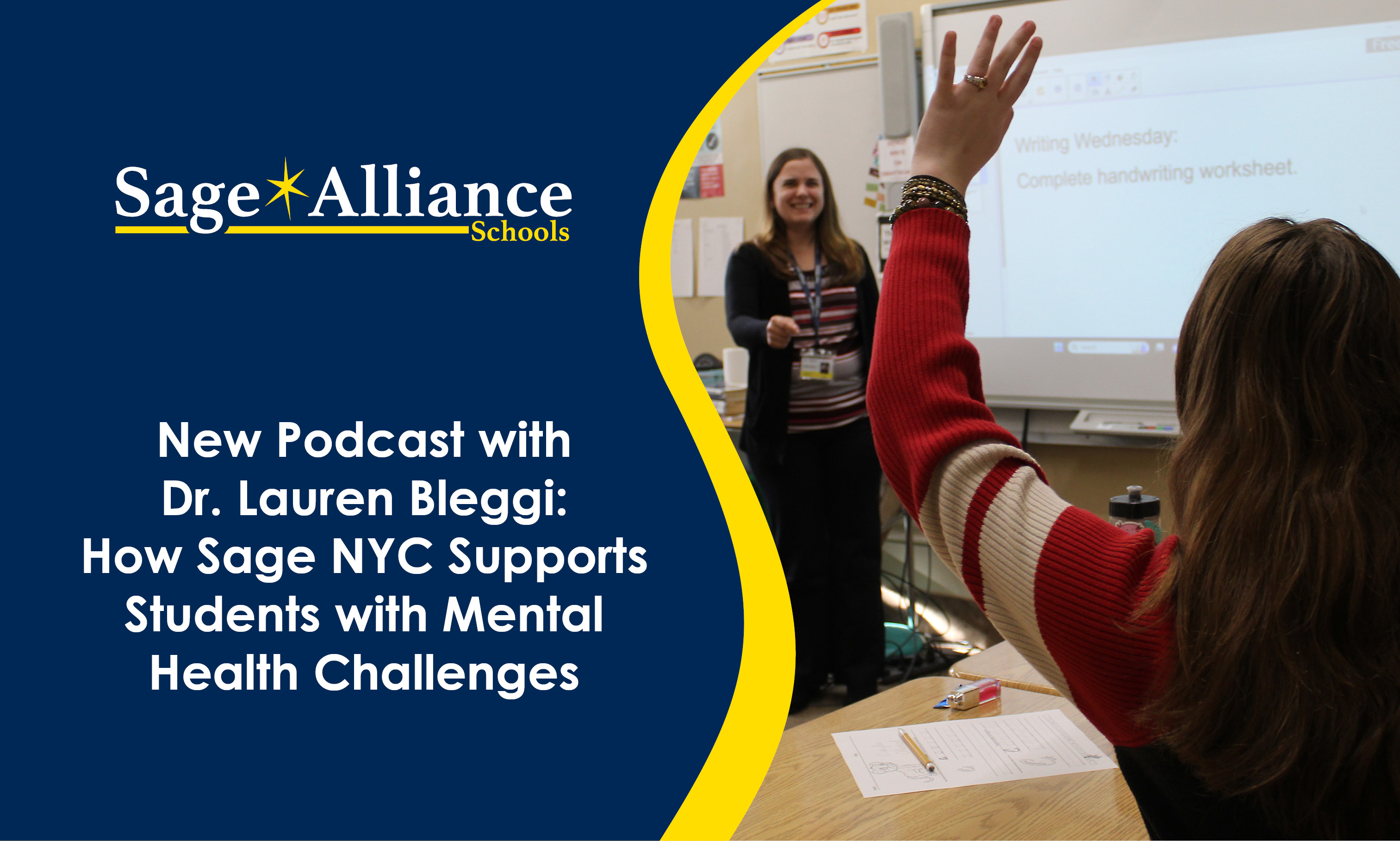The Bullying Triangle
Posted: November 18, 2011 | Written By: Holly Ference | Category:

Childhood and adolescent bullying has been around since time in memoriam and has been viewed as part of growing up. Fortunately, our understanding and tolerance of bullying has progressed. Bullying was assumed only to involve the interaction between the aggressor and the victim. Now bullying is recognized more often as a triangle consisting of three components: the bully, the target and the bystander. Bullying is not always physical, but can be verbal, and is now complicated by the use of technology named “cyber bullying” through the use of texting, ‘sexting’, instant messaging, email and often social networks such as Facebook, MySpace, etc. Bullying occurs in the presence of an audience of peers about 85% of the time (Craig & Pepler, 1992) and is most likely to occur where there is a lack of adult presence.
To understand bullying, one must understand the players:
The Bully
Bullying has been defined as “unprovoked, repeated and aggressive actions or threats of action by one or more persons who are perceived to have more power or status than their victim in order to cause fear, distress or harm” (Kim & Logan, 2004). These actions can leave the victim feeling ashamed, fearful and powerless. Bullying accidents are not accidental and are intended to inflict harm upon the victim. Most children and adolescents do not hurt other kids – bullies do. In bullying, negative behavior is continuous and can escalate until stopped.
The Target
Bullies are adept at identifying other students who lack the social skills, abilities or personal characteristics to defend themselves or mark them as vulnerable. The target can react negatively to conflicts or losing; targets are typically cautious, sensitive, quiet, anxious and insecure. Targets frequently lack the necessary social skills to use humor and assertion, nor are they particularly adept at developing peer relationships. Targets may be difficult to recognize because they do not ask for help nor do they stand up for themselves. Ongoing and pervasive bullying affects self-esteem and the ability to perform at school. Often the target suffers in silence.
The Bystander
Bystanders are the witnesses to a bullying event and are never innocent. Some bystanders may be excited or entertained by the action. Other bystanders may think that the bullying is cool and identifies with the bully. Other bystanders may believe they will be spared as the bully is not turning on him/her. A bystander might believe that speaking up would not help and that the bully cannot be deterred. At very least, the bystander feels conflicted about his or her lack of action.
What do we do to address bullying in schools?
First, we need to provide schools where students are treated with respect in a warm and nurturing environment. Clear limits and expectations by all staff members are essential. The environment should have a clear consensus of what it means to be a good person, that all members of the school community be treated with dignity and respect, and that staff can be approached when there is a problem.
Secondly, we must teach the courage to face and overcome bullying in the face of fear. Bullying is an injustice and imbalance of power. It takes self-confidence and strength for a target to resist and avoid bullying. As adults, we need to help our students find the strength to intervene when witnessing a bullying event and to care about the target. It is not suggested that a student physically intervene in such an event, but to look for assistance from an adult if necessary. Teaching our students that to be a bystander to bullying and not doing anything to stop it is part of the victimization of a fellow student.
It is essential for us to help students to rise to the challenge to take safe and intelligent action to protect themselves as well as others.
Want to be notified of new articles and resources from Sage Alliance? Click here to submit your email and opt into our newsletter.









